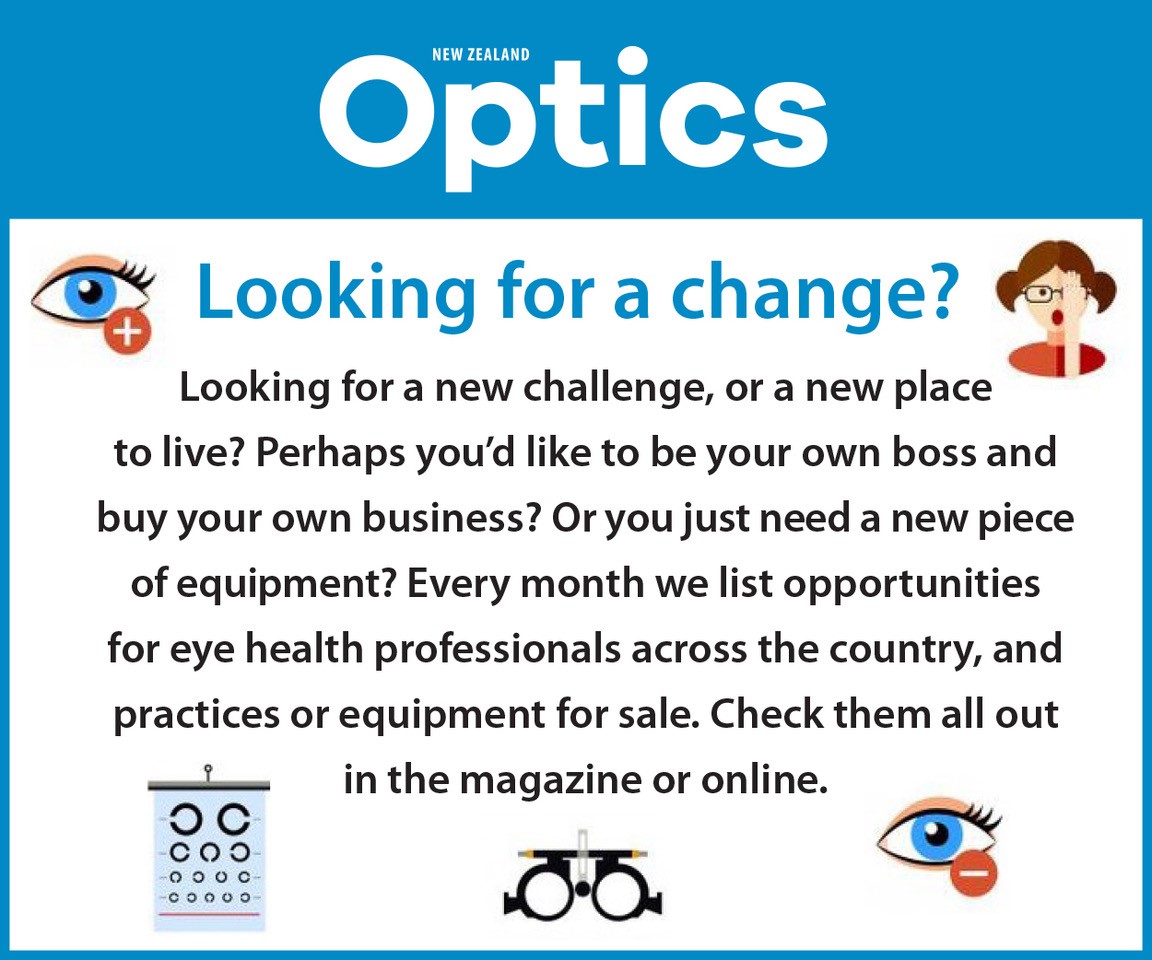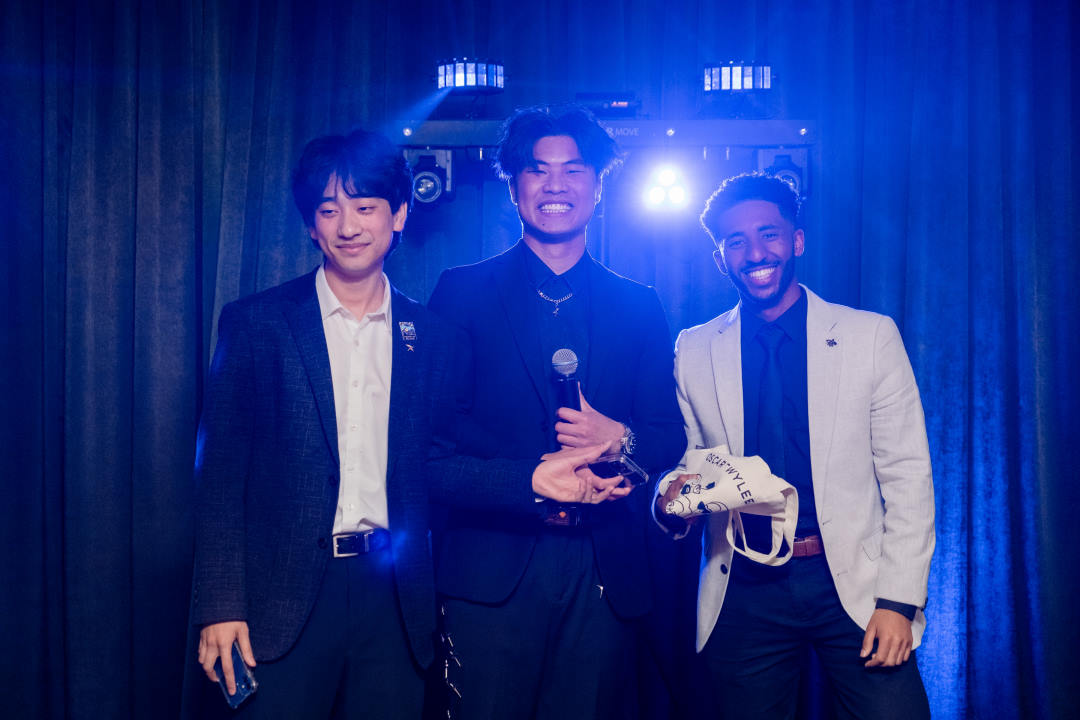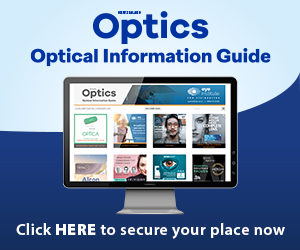Predicting myopia risk?
A UK study shows a personalised medicine approach may be useful in detecting the risk of developing myopia in very young children.
Published in Jama Ophthalmology, the study was designed to examine whether genetic information alone can identify children at risk of myopia development. A polygenic risk score was derived from a meta-analysis of three genome-wide association studies including 711,984 participants, measuring refractive error, age of onset of spectacle wear and educational achievement.
Researchers found the area under the receiver operating characteristics curve for predicting myopia was 0.67 and for predicting high myopia was 0.73; individuals with polygenic risk scores in the top 10% appeared to be at a 6.0-fold higher risk of developing high myopia.
Before any uptake can occur in a clinical practice, however, accuracy must improve further, said researchers concluding that, for the time being, cycloplegic autorefraction remains a better indicator of myopia risk, especially in children over six years of age.


























